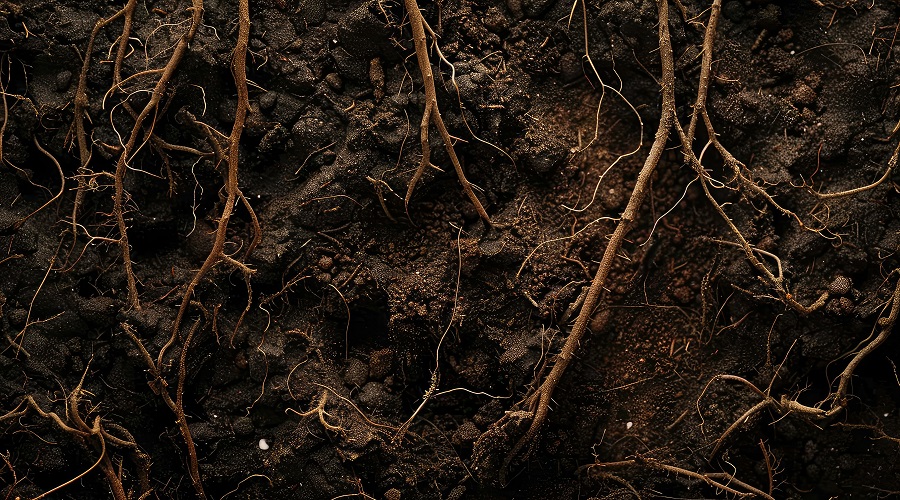This practice abstract outlines the critical role of the soil microbiome in environmental preservation, combating climate change, and enhancing human health, as highlighted in the FAO Report (March 2022). The soil microbiome consists of billions of invisible microorganisms that are essential for soil health, climate regulation, and sustainable agriculture. By understanding and leveraging these microorganisms, farmers and agricultural practitioners can adopt more sustainable farming practices, leading to healthier soils, improved crop yields, and a reduction in the agricultural carbon footprint.
Expected results
Improved soil health and fertility through microbial modulation solutions.
Enhanced crop resilience to pests and diseases with the aid of beneficial soil microbes. Reduction in chemical inputs like fertilizers and pesticides by harnessing microbial processes.
Increased carbon sequestration, bolstering efforts in climate change mitigation.
Better water retention and nutrient cycling in soils, facilitated by a diverse and active soil
Problem
Current agricultural practices often degrade soil health, leading to diminished crop yields, increased reliance on chemical inputs, and significant environmental impacts, including contributions to climate change. The overlooked role of the soil microbiome in these processes presents a missed opportunity for enhancing agricultural sustainability.
Solution
To address these challenges, the solution lies in adopting practices that enhance and protect the soil microbiome. This involves integrating microbial modulation solutions into agricultural practices to support microbial diversity and activity, thus harnessing the natural processes that sustain plant health and soil fertility.
Practical recommendations
Reduce chemical inputs: minimize the use of synthetic fertilizers and pesticides that can harm beneficial soil microbes.
Cover cropping: plant cover crops to protect soil and provide habitat and food for soil microbes.
Crop rotation: diversify planting schedules to support a diverse soil microbiome.
Use microbiome solutions and bioaugmentation technologies to feed soil microbes and improve soil structure.
Conservation tillage: reduce tillage to maintain soil structure and protect microbial habitats.
Applicability box
Theme: sustainable agriculture.
Keywords : microbiomes, microbial modulation, climate resilience, environmental preservation, sustainble farming practices.
Geographical coverage: EU.
Application time: year-round Period of impact: immediate and long-term.
Equipment: Soil sensors, microbial analysis kits, composting equipment.
Benefits
Enhances soil structure and fertility, leading to more robust and resilient crop systems. Reduces the need for chemical inputs, lowering costs and environmental impact. Supports biodiversity both above and below the soil surface. Contributes to climate change mitigation through carbon sequestration. Improves water efficiency and nutrient availability, enhancing crop yields.
Targets
Farmers and agricultural practitioners seeking sustainable farming practices. Agricultural policymakers and advisors. Environmentalists and climate change advocates. Researchers and academics in agronomy, ecology, and environmental sciences.
Conclusion
The soil microbiome plays a foundational role in sustainable agriculture, offering solutions for improved soil health, climate resilience, and reduced environmental impact. By adopting practices that support the soil microbiome, farmers can unlock the full potential of their lands, fostering a more sustainable and productive agricultural system. This practice abstract emphasizes the importance of integrating microbiome-friendly practices into farming to achieve these goals. We underscore also here the critical importance of the soil microbiome in achieving sustainable agricultural practices, highlighting the need for targeted interventions and policy support to enhance microbial health in soils.
Want to know more?
Contact catherine.malingreau@wagralim.be or Follow the project’s LinkedIn page
Bibliography
FAO Report, March 2022: “The Role of the Soil Microbiome in Soil Health and Its Impact on Agricultural Sustainability.” Smith, P., et al. (2023): “Enhancing Soil Biodiversity to Improve Agricultural Efficiency,” Journal of Applied Soil Ecology. Jones, A., et al. (2023): “Microbial Contributions to Climate Smart Agriculture,” Agriculture, Ecosystems & Environment.
More info: HERE

